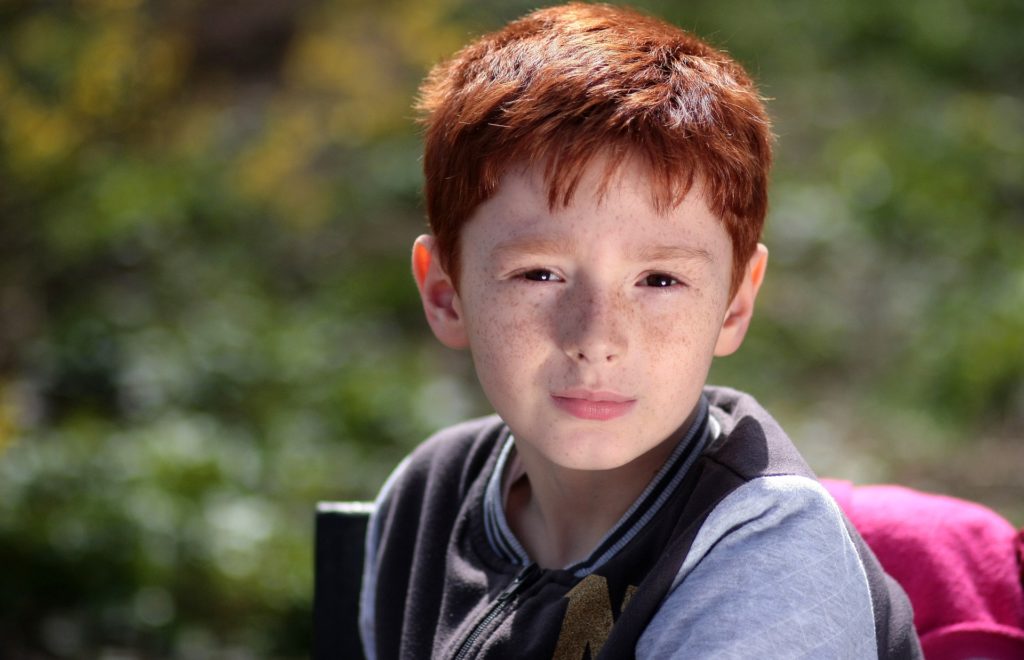Because autism comes with neurological differences, it is almost certain these children will have difficulty with conventional behavior expectations. Among the common characteristics of autism, which often lead to behavioral conflict, are the following:
Characteristics of a Behavioral Conflict
- Significant, atypical difficulties with understanding and using language. This is especially demanding in group situations where several people are conversing, or a teacher is leading a discussion.
- Often, an overly reactive sensory system that makes ordinary noise, smell, or touch intolerable.
- Problems with shifting attention or transitioning from one activity to another. Leaving a favored activity is hard, but stopping an assigned task before it is finished can also be stressful.
- Very little ability to recognize another person’s perspective or opinion or to empathize with another’s feelings. It is certainly challenging to empathize if you cannot readily identify the feelings of others.
- A need for predictability and routine, and a tendency to respond based on associated memories that can lead to repeating familiar behaviors even if they produce negative results.

Common Characteristics of ASD Children
Remember, these are not the result of poor parenting or teaching, nor are they deliberate, willful, or manipulative behaviors. They are simply common characteristics of children with autism spectrum disorders, and they aren’t anyone’s fault. The child is probably doing the best he/she can to cope with an extremely confusing and unpredictable world. However, these characteristics do result in problems of many sorts, including such diverse behaviors as:
- Poking another child to hear him/her squeal
- Refusing to stay in circle groups
- Ignoring or automatically resisting teacher directions
- Coming out of the bathroom with pants at half
mast - Becoming very upset by changes in routine
- Saying things that are considered rude
- Having outbursts in public places
We want to help the child modify problem behaviors and fit into society better, but how?
Methods of Modifying Problem Behaviors

Generally, I suggest first trying whatever methods the teacher or parent would use with other children, especially in a group setting where the expectations are the same for all the children. However, traditional methods often don’t work for children with these issues, especially if they involve explanation, loss of privileges, discussion and/or reasoning, or appealing to empathy, self-image, or guilt.
For instance, timeout might work; but in school, it can become a desirable escape. Rewards can be very helpful if they are clearly connected to a specific positive behavior that is well within the child’s ability—such as staying seated on the bus—but not if they are tied to a vague generality, like “being good on the bus.” It’s important to realize that adults will have to modify the environment and their expectations in addition to helping the child modify his/her behavior. Also, this child will not automatically generalize a new behavior to similar situations and will be unlikely to discover and interpret social expectations intuitively. Learning to set his/her cup on the table does not guarantee that the child will not throw the plate on the floor.
Need for Considerable Individualization
Keeping in mind that these are children who need considerable individualization in all aspects of learning and that specific strategies must be designed to fit each child’s situation, the following are some general guidelines I’ve found to be helpful:
- Talk less. Use demonstration, visual cues, and physical prompts, shortening and simplifying the language in stressful situations. Repetitive or predictable language is also helpful in a crisis, such as saying “Eight steps to the door; 1-2-3-4- 5-6-7-8-open!” as you physically help the child move in that direction.
- Use routine, structure, schedules, and predictability to provide a comfortable, less alarming situation for the child, but keep including small variations to help develop flexibility. “We need to change the plan today. One game and one book instead of two books. I will write it on the schedule.”
- Ease transitions by shortening the gap (present new materials as you remove the old ones; don’t come to a circle group until it’s ready to start), provide transitional objects to carry from one place to the next (especially if the object is useful in the next activity), and keep language simple and familiar (“All done with __, now it’s time for__”).
- Distract and redirect the child to something more acceptable, such as a toy someone else isn’t using, the sound of an airplane going over, or a small fidget toy in a circle group or when waiting in line. When you do explain, keep it clear and simple: “Liam’s turn with the train. We will wait and do the puzzle.”
- Change the location or environment to remove
yourselves from things that trigger or prolong the problem. If the cafeteria is too loud or smelly, eat somewhere else, with a friend or two if possible. Move away from group situations when you see agitation increasing. “It’s too noisy here. Time to go for a walk.”

- Prevent recurring problems that may quickly become negative rituals by changing the format, altering your language or behavior, or temporarily avoiding the situation and gradually reintroducing it. If a child always shrieks and collapses on the ground as you transition from the playground to the car, have a favorite toy or treat in the car, and instead of telling the child you have to go get a sibling, say “It’s time to get the (treat or toy).”
- Teach rules that are clear, simple, and concrete (“sit on the carpet square,” not “sit nicely”) and reward improvement toward acceptable behavior, even if it was brief or adult-assisted at first. In the playground example above, the child gets the reward when he/she is buckled in the car seat even if it was a struggle to get there; say something like, “You’re in the car seat; here’s the…”
- Teach competing for acceptable behaviors such as appropriate self-help skills and social routines to replace problem behaviors. Feeling competent and knowing what to do in a situation reduce the anxiety that often underlies inappropriate behavior.
Expect progress but not an immediate cure. Try to see the problem from the child’s perspective and gradually help him/her cope in ways that are more socially acceptable.



